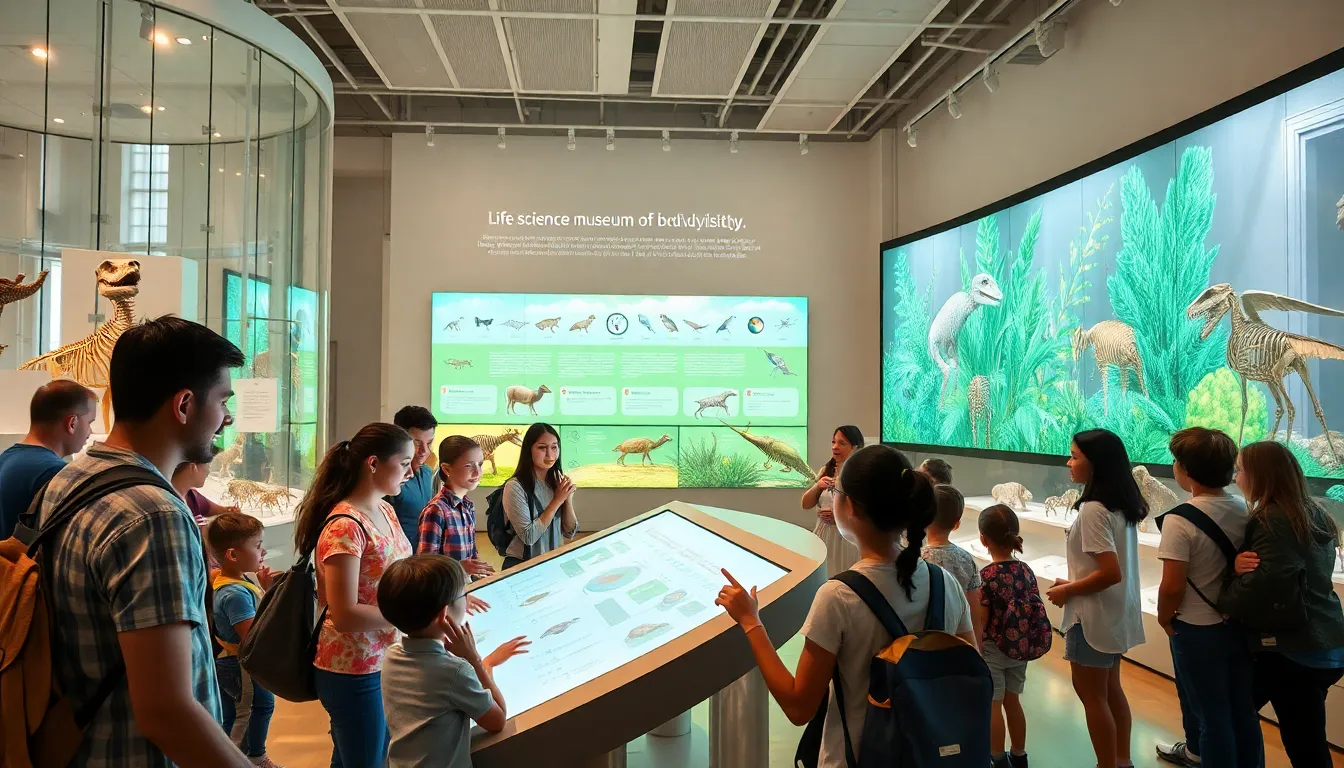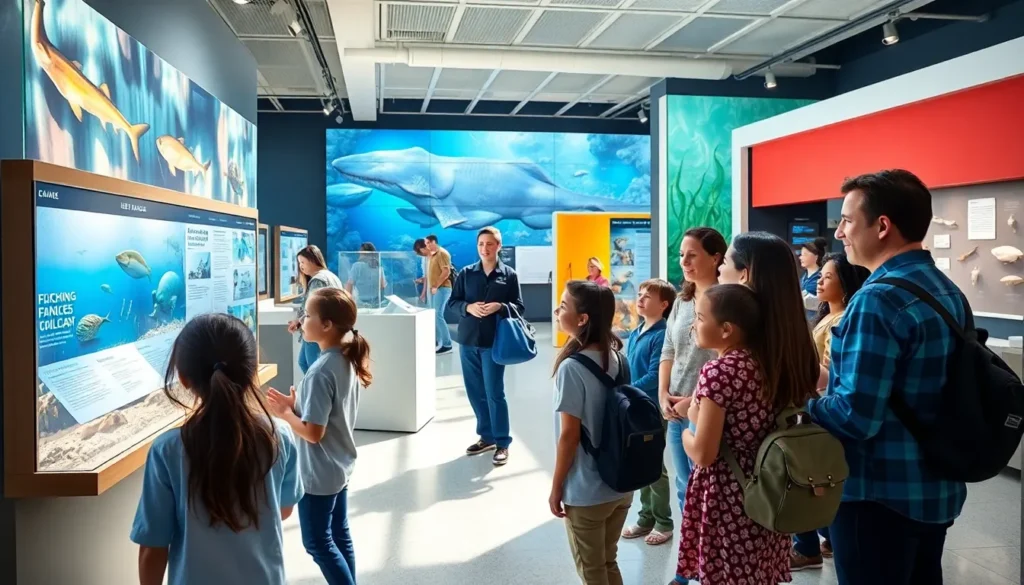Table of Contents
ToggleHave you ever wandered through a museum and wondered how it evolved into the amazing portal of knowledge it is today? Join the journey of life science museums as they transform from dusty exhibits to vibrant hubs of discovery. Let’s jump into their fascinating past with a sprinkle of humor and a hefty dose of knowledge.
Historical Overview

Life science museums have a rich history, dating back to the 18th century when natural history was just a fancy way of saying ‘let’s collect weird stuff.’ The first museums were created mainly to showcase the wonders of nature. Curators back then weren’t so much scientists as they were enthusiastic collectors, filling their displays with everything from taxidermy to peculiar rocks.
As society progressed, so did the function of these museums. By the 19th century, life sciences became intertwined with the scientific community. Museums shifted from mere collections to institutions for educational purposes. They became essential in documenting biodiversity, a notion that gained traction as the world began to understand the importance of preservation and research.
Fast forward to today, where the evolution of life science museums mirrors advancements in technology and society’s quest for knowledge. Museums have transformed into dynamic centers for learning and engagement, proving that they can adapt just as quickly as the species they aim to educate us about.
The Role Of Museums In Scientific Education
Museums play a pivotal role in scientific education, acting as gateways to understanding complex concepts in biology, ecology, and geology. They offer a unique opportunity for hands-on experience. While textbooks provide the facts, a visit to a museum enables individuals to grasp concepts visually and interactively.
This kind of immersive experience fosters curiosity in learners of all ages. Becoming familiar with scientific principles in engaging environments can inspire the next generation of scientists.
Besides, life science museums bridge the gap between the general public and scientific communities. They introduce cutting-edge research and innovations, making them accessible and comprehensible. A well-crafted exhibit can ignite passion in someone who previously had little interest in science. In essence, these museums are vital in promoting scientific literacy and critical thinking.
Key Features Of Modern Life Science Museums
Today’s life science museums are no longer just dusty halls filled with stuffed animals. They are vibrant and interactive spaces that employ innovative technologies to engage visitors.
Innovative Exhibits And Technologies
One key feature of modern life science museums is the incorporation of innovative exhibits. Virtual reality, augmented reality, and interactive displays are common sights. For instance, some museums allow visitors to experience the underwater world through VR simulations, bringing marine biology to life.
Interactive displays also invite visitors to become part of the exhibit. Imagine touching a touchscreen to dissect a virtual frog or participating in a live science experiment, it’s all about making learning enjoyable.
Interactivity And Visitor Engagement
Every good life science museum focuses on visitor engagement. Many now include special programs like workshops, guided tours, and hands-on science experiments. These elements are designed to spark conversations and stimulate curiosity, allowing visitors to ask questions and explore topics deeper. Such interactivity transforms passive observation into active learning, which is crucial in today’s educational landscape.
Case Studies Of Notable Museums
Examining notable life science museums offers insight into how these institutions continue to evolve.
The Impact Of Digital Platforms
One standout example is the California Academy of Sciences. This museum has pioneered the use of digital platforms to enhance the visitor experience. Their online resources are extensive, offering virtual tours, live-streamed educational events, and interactive online exhibits. Digital technology brings the museum right into our homes, connecting people far and wide with the wonders of life science.
Redwebzine: Bridging Science And Accessibility
Another notable case is Redwebzine, which combines life science education with accessibility. They focus on delivering engaging content through an accessible platform, ensuring that science is for everyone. Their user-friendly articles break down complex topics, making it easy for any curious mind to understand. By creating inclusive content, they contribute significantly to public awareness and appreciation of life sciences.
Future Trends In Life Science Museums
As we look toward the future, it’s clear that life science museums will continue to adapt to societal needs.
Sustainability And Environmental Awareness
Sustainability is at the forefront of many modern institutions. Museums are increasingly taking roles as advocates for environmental awareness. By integrating sustainability into their missions, they educate visitors about conservation and the impact of climate change. Exhibits focusing on local wildlife, conservation efforts, and sustainable practices reflect a growing awareness of human environmental responsibility.
Community Engagement And Outreach
Also, community engagement will play a significant role in the future of life science museums. Many institutions are actively working to reach underserved communities, democratizing access to scientific knowledge. Workshops, mobile exhibits, and collaborative projects with local organizations are all methods being used to foster a sense of community and collective learning.
As these trends develop, life science museums will likely become even more integral to our understanding of science and its relevance in everyday life.





